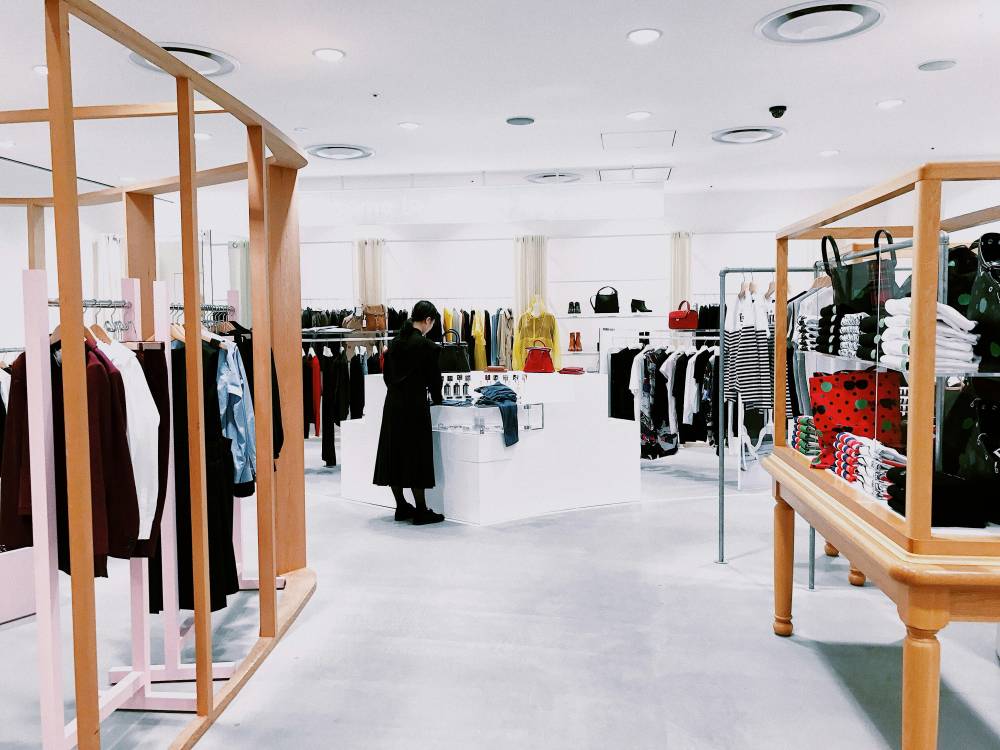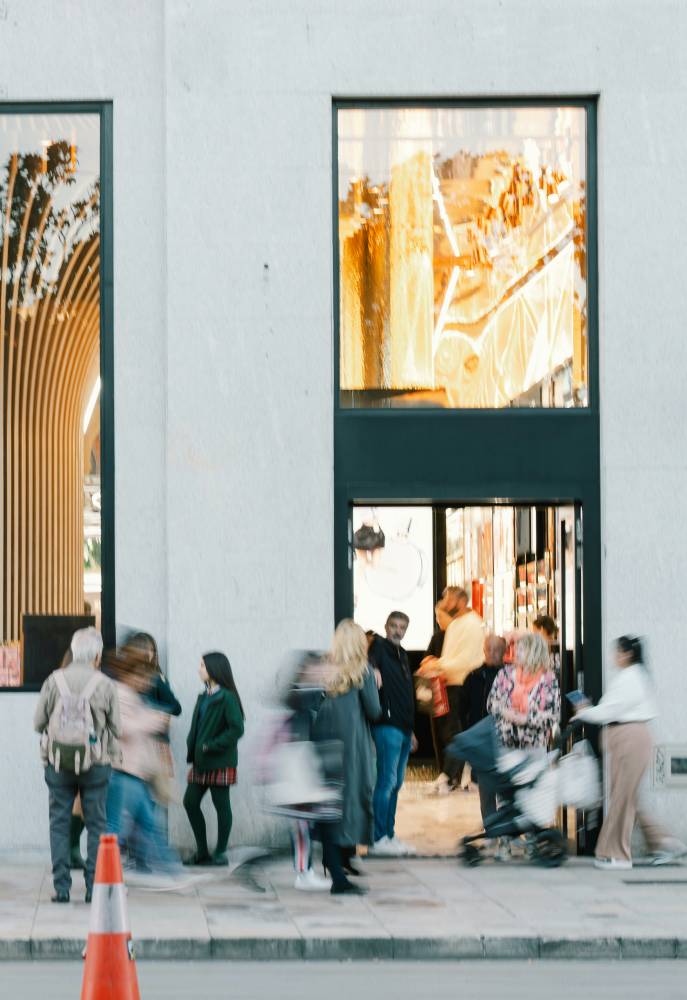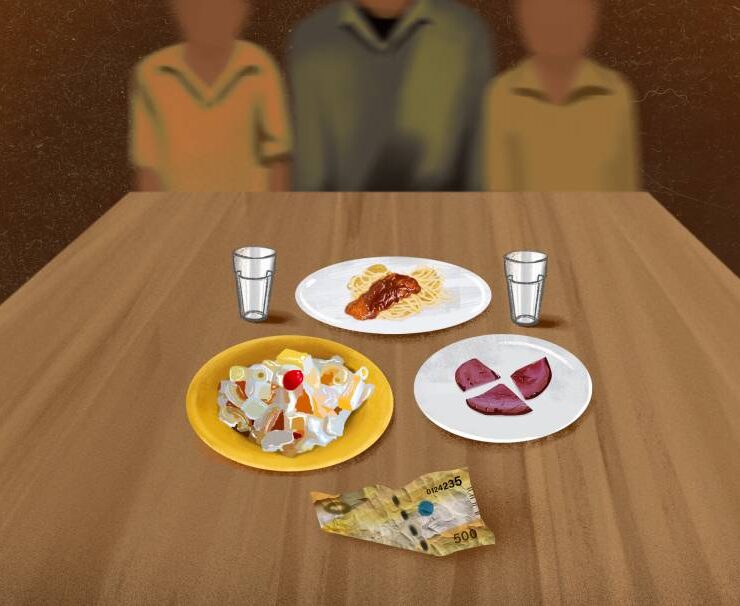Why retail stores feel soulless again

The stores are bigger, brighter, and more beautiful, but somewhere along the way, they lost their story.
There was a time when walking into a store felt like entering a story. You did not just shop—you experienced. The scent, the lighting, the music, the way a rack curved into a corner—it all whispered who a brand wanted you to be. Stepping into Chanel felt cinematic. Prada felt clever. Marni felt like stumbling into an eccentric friend’s apartment. Even the way a sales associate tied a ribbon or spoke your name added to the illusion. Retail had atmosphere; it had a heartbeat.
But lately, something feels off. Luxury stores that once promised escapism now feel eerily similar—overly sterile, overly branded, and strangely cold. Walk through any major mall in capitals around the world, and you will see the same glossy beige walls, the same perfume-diffused air, the same playlists humming at 82 BPM. It is all beautiful, yes—but also deeply predictable.
The art of retail—the theater of it all—has been replaced by optimization.
From storytelling to content
Luxury spaces used to be designed for storytelling. Today, they are designed for content. Every corner is photogenic but devoid of soul, prepped for social media rather than memory. The new flagship store has become the physical version of an Instagram feed: polished, controlled, aspirational, algorithm-friendly. And when every space starts to look the same, luxury begins to feel like déjà vu.
This shift is not accidental—it is the byproduct of fashion’s new obsession with uniformity. Global branding has made stores interchangeable, their identities smoothed out to match a grid. But somewhere in the quest for “cohesive brand language,” individuality disappeared. The story might be global, but it is no longer intimate.
The issue is not just aesthetic; it is emotional. Shopping, at its best, used to be about connection. It was not just what you bought, but how you found it. The thrill of a spontaneous discovery, the quiet luxury of being remembered by name, the tactile pleasure of touching fabrics before choosing a piece—that intimacy of all that is gone. Today, many in-store interactions feel rehearsed, reduced to sales scripts and standardized gestures. Even the warmth of a fitting room conversation has been replaced by transactional efficiency.
In the Philippines, this feels even more pronounced. So much of the luxury retail scene is franchise-driven that its local personality often gets lost in translation. The stores look impeccable, but they do not always feel alive. You walk in and sense the brand, but not the place. There is little reflection of Filipino hospitality or local taste—just the imported version of what luxury is supposed to look like. The result is a kind of quiet cultural disconnect: global luxury without local intimacy.

It’s all about the experience
It was not always this way. In the early 2010s and even the pre-pandemic era, shopping felt special because it felt different. You might stumble on an obscure Japanese label, a limited collection, or a brand that felt personal rather than algorithm-approved. The client advisors would tell you where it was made, why it mattered. The sale was secondary to the story.
Today, that magic has been replaced by metrics. Retail design is guided by data—heat maps, conversion rates, and dwell time. A store’s success is measured in foot traffic and social reach. It is efficient but also eerily clinical. The warmth of curation has given way to cold precision.
That is why certain brands—Loewe, Gentle Monster, Jacquemus—stand out. They are trying to bring wonder back to physical spaces, even if it is through calculated spectacle. Loewe’s Casa concept feels like stepping into an artist’s home; Gentle Monster builds full-blown sci-fi installations; Jacquemus opens pop-ups that double as coastal cafés. They understand that people crave experience, not just purchase. They are building stores you want to feel, not just shop.
Still, there is an irony in this new wave of “immersive retail”: it is often just as orchestrated as the sterile spaces it is reacting against. Even “spontaneity” is designed now—an illusion of surprise, executed on schedule. What is missing is authenticity. A store does not need to be loud or theatrical to feel alive. It just needs to make you care.
Because ultimately, the retail experience is about human connection. The smile from the person who remembers your name. The small talk about the brand’s new season. The sense that your purchase, however small, means something beyond the transaction. Those moments do not photograph well—but they are the ones that people actually remember.
Redefining luxury
Luxury does not need another architectural masterpiece or viral pop-up. It needs to rediscover intimacy. The real luxury, in 2025, might just be walking into a store and feeling seen.
Because when the story fades, when every space starts to look the same, and when discovery disappears, shopping stops being emotional. It becomes mechanical. And fashion, at its core, was never meant to feel that cold.
The future of retail is not just another redesign. It is a reminder—to bring the soul back inside the store.





















